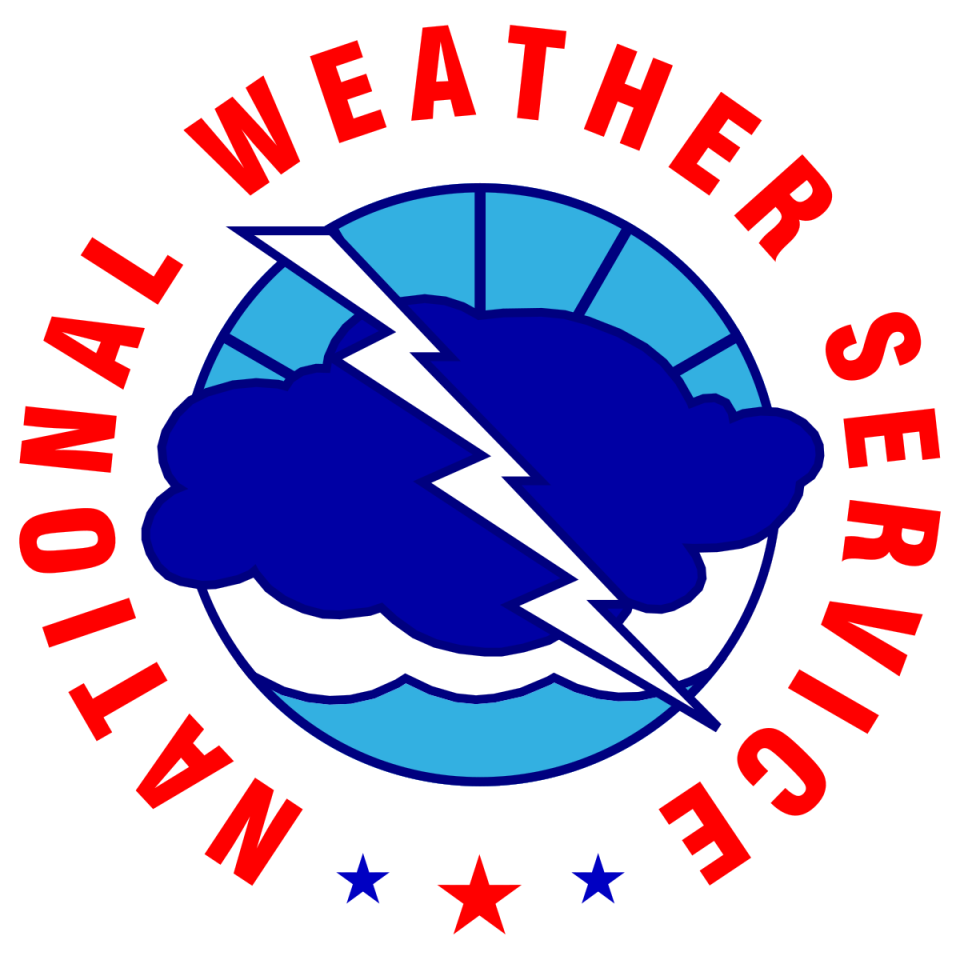The month of August in Indiana is probably going to be “warmer than normal,” according to the National Weather Service.
“There is a high ridge that is developing across the Eastern Pacific. We’re anticipating that is going to shift further east and translate to above normal temperatures when it arrives in Indiana,” said David Beachler, meteorologist with the National Weather Service in Indianapolis.
Beachler reminds you that this is only a projection, but he thinks there is a good chance drought conditions could get worse.
“If you’re from this area, you know how quickly things can change if we get thunderstorms to develop to the west and northwest of Indiana. If that happens, we’ll still have some periodic chances of rain,” said Beachler.
As for the remainder of July, Beachler says you can expect periodic rain to fall, starting this weekend.
“We are anticipating some spotty showers and thunderstorms late tonight and into early Saturday morning. There does appear to be another round of showers and thunderstorms that could go into Sunday morning. Once we get past Sunday, it looks like we’ll have some cooler temperatures into the middle of next week,” said Beachler.
During the early part of next week, much of Indiana is supposed to have high temperatures in the low 80s. Beachler says the threat of severe weather during this time is low.
“I wouldn’t say it’s a zero percent chance, but you’ll still want to stay vigilant,” said Beachler.


1 comment
The National Weather Service has also issued the shocking warning that a full 50% of recorded temperatures EVER have been above average.
In other news, the EPA is warning about all the dihydrogen oxide in our lakes and rivers, and the extreme amounts of sodium and chlorine in our table salt.